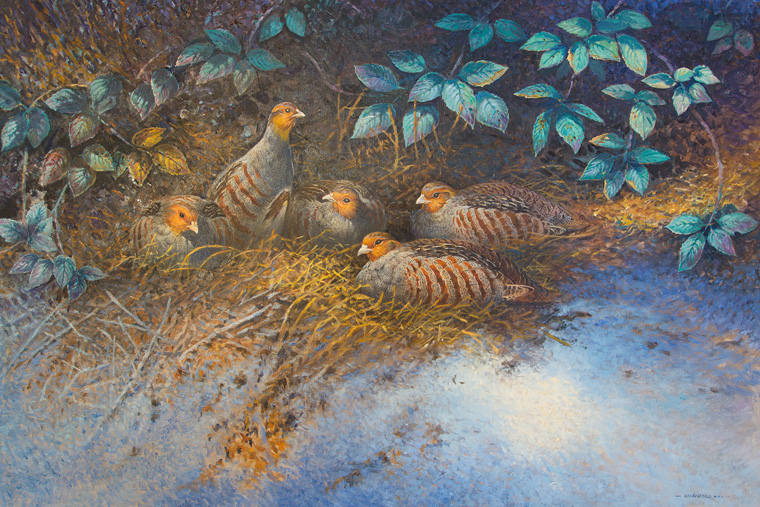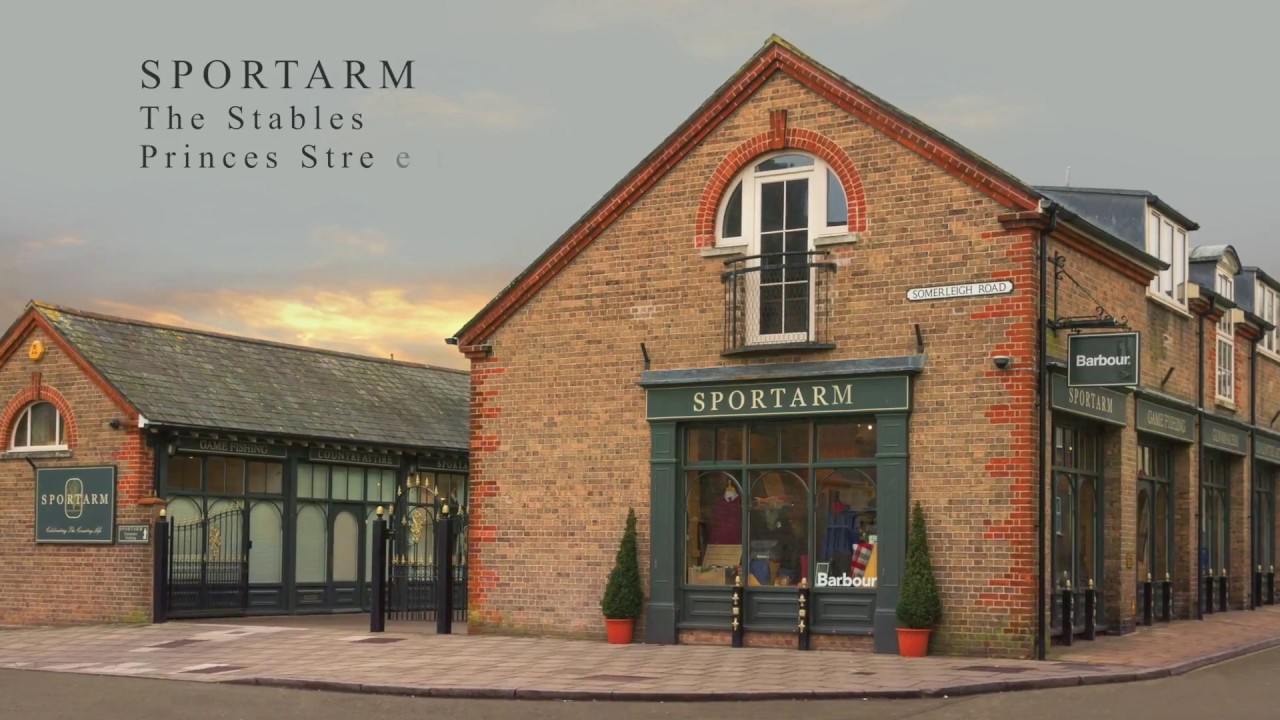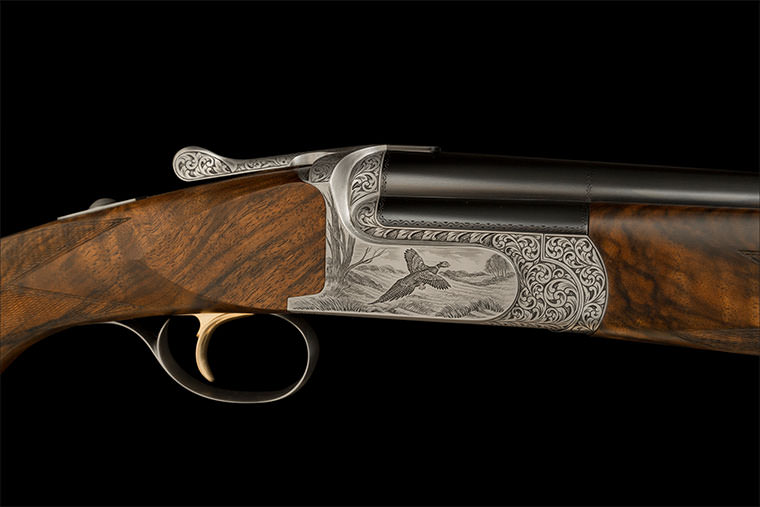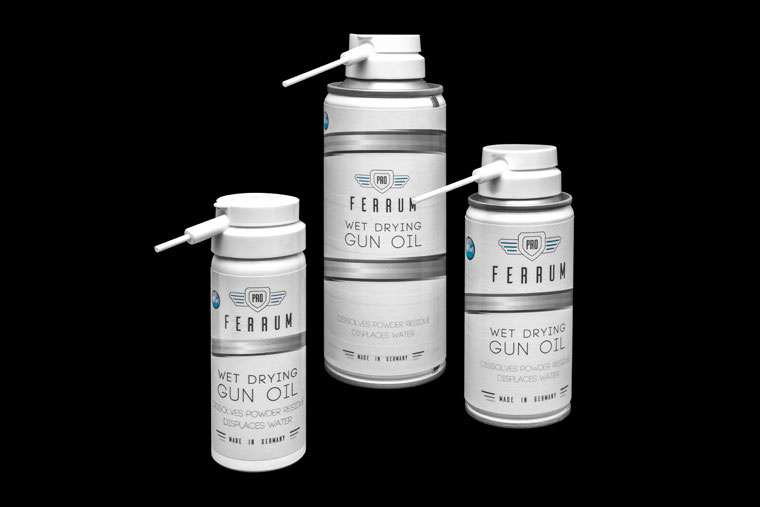September 26, 2017
12 top tips for the new Partridge season

September marks the start of the partridge season, so we thought we’d share our top 12 tips for making the most of your shoot:
1. Location
The attitude and the location of the shoot is all important. Look for an estate that has the right owner or shooting tenant and a right-thinking gamekeeper.
2. Quality Of The Bird
Partridges are regularly sold around the same price but birds are definitely not all equal. Try and find those that are worth the trip and the price. You want proper sport, not feathered clay pigeons lobbed over the nearest hedge.
3. Keep Good Company
Finding the right group of people to shoot with is as important as finding the right shoot – you need fellow guns who share your sense of sport: safe, jolly guns who recognise what a good bird is and won’t raise a gun to a poor one unless it’s to administer the coup de grâce.
4. Do Your Research
As they say in the Army, time spent in reconnaissance is seldom wasted. By taking the time to look into the day you will get the sport you want at the price you need.
5. Numbers, With Quality
Some 100-250-bird days provide an enjoyable experience while some bigger days do not. That’s not to say the bigger days are in any way wrong, provided the quality is there.
6. How Are The Partridge Presented?
In British partridge shooting there are two styles of presentation. Partridges are either high, perhaps too high, mini-pheasants in effect, or they’re redlegs shown like greys in the traditional English manner over spinneys and copses. Both are challenging.
Then there are the many shoots where the partridges are somewhere in between, with the birds coming over at 20yd to 35yd. These, too, can give good sport if approached in the right way.
7. Shooting Redleg Partridge
- If you go on a bad shoot, the birds will be too weak and easy and you will get no pleasure from it. You will also perform poorly, because your heart will not be in it. You may have to endure lunch listening to your new-gun neighbour’s interminable and smug account of his extraordinary consistency and kill-to-cartridge ratio. In fact, one of the great truths of shooting is that no one is much interested in anyone else’s shooting unless he is a royal or named Digweed (which amounts to the same thing in our eccentric community). Shooting poor-quality birds is bad for your technique and for the reputation of the sport as well as your pocket. Poor-quality partridges, like poultry pheasants, are not only boring but no test of a sportsman.
- Don’t expect high birds where the topography makes it unlikely. Partridges naturally hug the ground rather like grouse but flying slower, somewhere near the 30mph mark usually, whereas grouse and pheasants are up to 10mph faster under normal conditions (and sometimes much more).
8. Shooting Traditional English Partridge
- The traditional English way of showing driven partridge, developed in the mid 19th century, suits their natural flight pattern very well.
- To do it justice, one should try to take birds well out in front, at 30yd or thereabouts. This is truly challenging wing sport and allows for a second shot. A bird behind, however, at £30 or more a pop, is barely worth the effort and certainly not the money.
- To be a decent partridge-shot, keep quiet both when walking to and on the peg. Partridges are more sensitive to sound than just about any other feathered quarry species. “Live on peg” is often the rule when partridge-shooting (and if in doubt ask).
- Keep your wits about you and stay alert and don’t go for early pigeon. Partridges tend to come on rapidly and unexpectedly. You must be able to spring into action quickly.
- You must constantly be thinking about safety.
- With lower birds and more open chokes (not my preference, but commonly used) there is a real need for caution. Think about your arcs of engagement and safety angles carefully before you start shooting.
- With English partridges, the cardinal sin was “browning” a covey, in other words not picking your mark but firing into the concentration of birds. With modern redlegs, especially in early season, the problem can be a mass of birds that’s not quite a covey but more than enough to confuse. You must pick your bird every time. Decide on it as a safe and proper shot and “stare it to death” as you bring the muzzles to it.
- Partridge-shooting can be a fast business but you must not rush. Good preparation and address will help. When the action starts you may want to have a fairly high ready position, so the gun does not have to travel far to the shoulder
- Close birds (the one’s you shouldn’t bother with and/or come on you suddenly) and tall ones are often missed in front. This is because they are not flying as fast as you might think. Keep the gun high and don’t let yourself get wrong-footed.
9. No Need For Long Barrels
Don’t be overgunned. You will not need a long-barrelled, heavy 12-bore. A handy 12-bore with barrels of conventional length or a 30in 20-bore are fine. Side-by-side or over-and-under does not much matter but the speed of loading of the side-by-sides, because of their increased gape, may be worth considering. You will not normally want your high-pheasant gun on a partridge shoot.
10. Use The Right Load
Don’t overdo the loads. Partridges are small birds and don’t need large shot sizes or extreme payloads. Sub-1oz (24g or 25g) of 6 shot will do the job perfectly well and be easy on the shoulder, too. If you use more than an ounce, it is only for confidence.
11. Keep An Eye On Line
Very few birds are truly straight on. Remember to keep the barrels perpendicular (over-and-unders) or parallel to line (side-by-sides) when they are anything other than true, straight incomers. Or, if you prefer, shoulders parallel to line. On higher birds make an effort to start on the tail feathers or just behind and push through. Note the line, “insert” the muzzles on it and push on holding line as you swing. If you fail to connect on high partridges, consider whether you are missing in front (because they are not quite as high as you think). Or, if you are really convinced you are behind, start by deliberate effort with the muzzles a yard or two behind the bird – in other words, about as far behind as you wish to go in front.
12. Be On Red Alert
Always stay on red alert when there are birds in the air. Make sure your neighbours realise, as you do, that one must commit to the shot instantaneously as birds break hedges. “After you”, isn’t going to work here because the birds are not “committed” to line. It’s probable that you will “poach” birds that might be your neighbours’. Don’t let this spoil your day but sort it out with the team before the day (the host should do this). Assess the ground. Take a good look at the height of the hedge and if the shot’s safe be prepared to shoot birds that cross your front, too. You will often see them following the line of the hedge (and being missed repeatedly by the rest of the line). If possible, avoid shooting behind; if you have to, because a bird is pricked, be extremely careful and consider where others may be.


